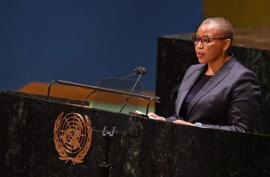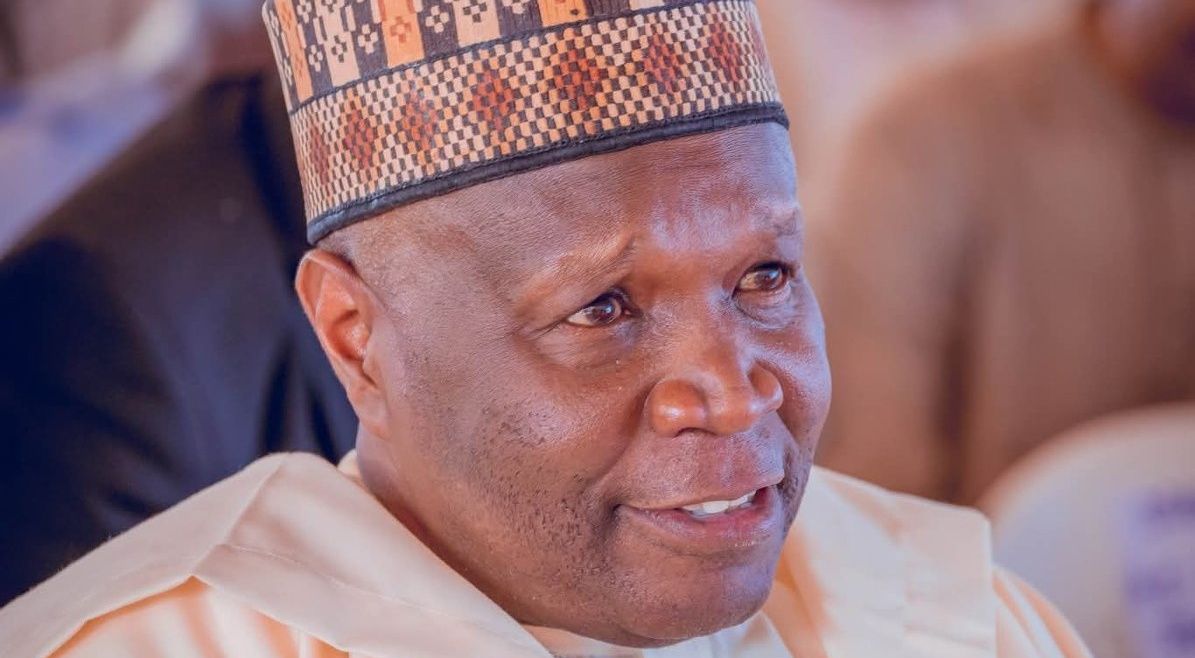Across Africa, the deployment of solar minigrids has been instrumental in providing electricity to millions of people, especially those in rural areas and far away from the main power grids. However, the capacity of the minigrids industry as well as resources to increase coverage at scale remains a big challenge in many economies.
A new agreement backed by the United Nations Development Programme (UNDP) and the Africa Minigrid Developers Association (AMDA) seeks to tackle this challenge by firming up collaboration among the key players in the industry in accelerating the deployment of sustainable minigrids across Africa. UNDP and AMDA signed the Memorandum of Understanding on 19th June during the Africa Energy Forum (AEF) at Cape Town, South Africa.
According to an update to newsrooms, the two organizations will be throwing their expertise and reach to better implement the Africa Minigrid Program, which is a $50 million technical assistance programme that is financed by the Global Environment Facility and implemented in collaboration with Rocky Mountain Institute (RMI) and the African Development Bank.
The Africa Minigrid Programme is a bold energy access blueprint that is tailored to steadily increase investment across the continent in solar-battery minigrids industry while also expanding energy access initiatives targeted at underserved communities.
“We know that minigrids are one of the most practical and cost-effective solutions for rural electrification in Africa. But to scale, we must bridge the gap between ambition and bankability,” said Mateo Salomon, Head of Climate Change Mitigation at UNDP at the signing ceremony. “This partnership with AMDA helps us do exactly that — aligning the development community, government and private sector to turn potential into reality.”
AMDA Chief Executive Officer Olamide Niyi-Afuye lauded the new partnership with UNDP noting that this strategy will help in, “advancing sustainable development across the continent.” He explained: “This MoU underscores our shared commitment to scaling minigrid deployment through data-driven policy advocacy, catalytic financing, and capacity building. By aligning our strengths, we aim to create a more enabling ecosystem for minigrid developers and accelerate progress toward universal energy access in Africa.”
The MOU narrows down to five key areas of collaboration between AMDA and UNDP in enhancing the minigrids industry including, technical assistance, capacity building, data and digital innovation, policy advocacy, and resource mobilization.
The organizations agreed to harness UNDP’s global reach and policy expertise as well as AMDA’s “deep technical knowledge and private sector network,” to speed up the deployment and adoption of minigrids. They will also be working together to build the enabling conditions in the solar industry for both developers and governments across the continent.
According to Benchmarking Africa’s Minigrids report, statistics by AMDA show that the minigrid market in Africa is growing, driving up electrification rates and spurring job creation, including in remote areas.
However, regulatory bottlenecks, persistent funding gaps and supply chain woes cutting across jurisdictions continue to provide bottlenecks in the sector, slowing development and driving up investment costs. AMDA report urges governments, investors, and industry stakeholders to intensify their efforts to scale minigrids for Africa’s energy future through data-driven insights.
At the moment, AMDA — an industry association formed by private sector minigrid developers and development partners — serves over 56 member companies with presence in 24 countries in Africa. The association serves as the unified voice for minigrid developers, working to accelerate their path to scale and sustainability in achieving universal access to reliable, affordable, and modern energy across Africa.
Data from the UNDP shows that the deployment of clean energy minigrids, especially solar-powered ones, has the potential to offer reliable energy to nearly 600 million in sub-Saharan Africa, who lack access to electricity today.
Survey notes that the minigrid opportunity is modelled around a spirited push to make the necessary hardware such as solar modules, batteries, energy efficient appliances, affordable across markets. This measure, coupled with disruptive digital trends such as the mass adoption and usage of mobile money, digital platforms and data as well as harnessing “innovative private sector business models” can increase the pace of adoption and, therefore, light up millions of homes.
However, the UNDP singles out “mobilizing private sector investment and accelerating the learning curve for the complex array of stakeholders involved in delivering modern electricity services” as one of the biggest pain points for investors in the industry today.
“Today, the minigrid market in Africa remains nascent, with the private sector facing a range of barriers holding back investment. Except in a few markets, nearly all current investment in minigrids is in the form of grants and noncommercial, patient capital. If minigrids are to truly scale, there is a need to access large volumes of commercial financing, and in particular commercial debt,” UNDP explains.
: Namibia taps Chinese expertise for its largest solar energy plant investment










